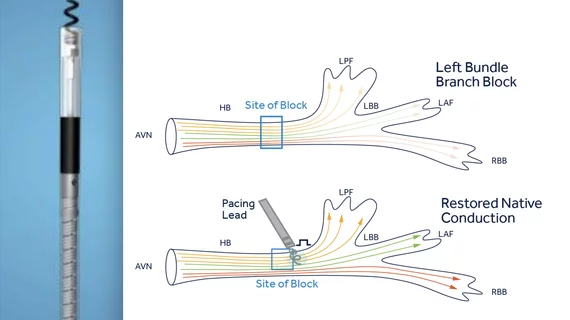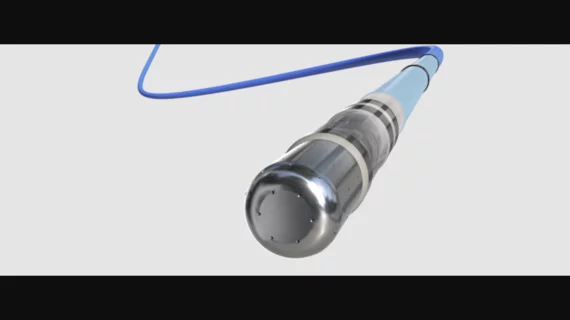The field of electrophysiology (EP), particularly pertaining to ablations, has been reported to be growing faster than coronary interventions, and there are no signs that it will slow down. While the volume of coronary cath procedures has remained somewhat flat over the past year, EP labs have been expanding and adding new technology. For this reason alone, it behooves attendees at ACC.10, which begins on Saturday, March 13, to take in some of the exciting EP lectures being presented at the conference. One of the biggest topics in EP is whether transcatheter ablation should be the first-line treatment over anti-arrhythmic drugs in patients with atrial fibrillation (AF). First results of the pilot CABANA study, being released in a late-breaking clinical trial session, could potentially indicate a new direction for this debate (see below for session details).READ MORE




